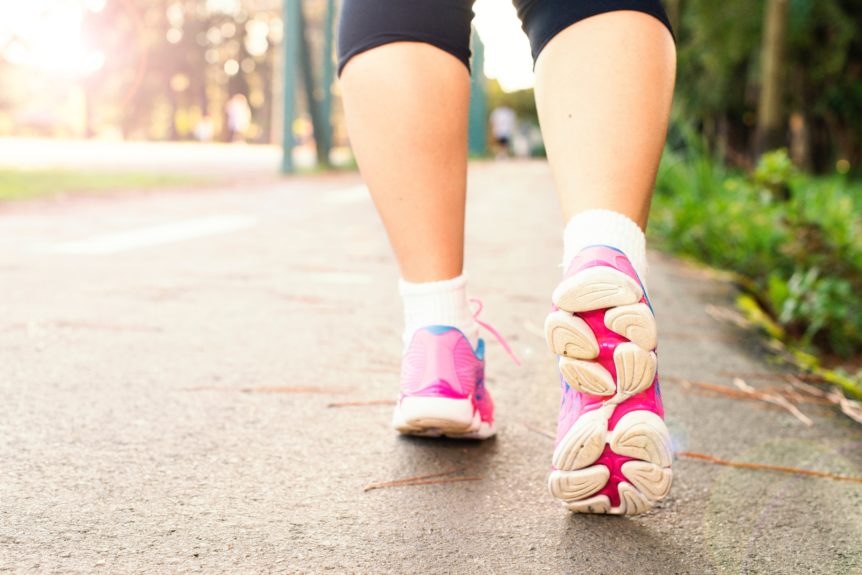Holtermann, A., Rasmussen, C.L., Hallman, D.M. et al. 24-Hour Physical Behavior Balance for Better Health for All: “The Sweet-Spot Hypothesis”. Sports Med – Open 7, 98 (2021).
Abstract
“Sit less–move more” has been the univocal advice to adults for better health. Predominantly, this advice is based on research of physical behaviors during leisure-time. A recent study among > 100,000 adults indicates a u-shaped association between leisure-time physical activity and risk for cardiovascular disease and mortality among adults in physically active occupations. This may be explained by the considerable difference in 24-h physical behaviors between adults in sedentary and physically active occupations. Thus, the advice “sit less–move more” might not be the best for health among adults in physically active occupations. To provide a scientific approach and encourage research on 24-h physical behaviors and health for those in physically active occupations, we propose the “Sweet-Spot Hypothesis.” The hypothesis postulates that the “Sweet-Spot” of 24-h physical behaviors for better health differs between adults, depending on their occupation. Specifically, the hypothesis claims that the advice “sit less–move more” does not bring adults in physically active occupations toward their “Sweet-Spot” of 24-h physical behaviors for better health. The purpose of our paper is to encourage researchers to test this proposed hypothesis by describing its origin, its theoretical underpinning, approaches to test it, and practical implications. To promote health for all, and decrease social health inequalities, we see a great need for empirically testing the “Sweet-Spot Hypothesis.” We propose the “Sweet-Spot Hypothesis” to encourage discussion, debates, and empirical research to expand our collective knowledge about the healthy “24-h physical behavior balance” for all.

